31
JULY 2017
Buying both a camera and a lens is quite a personal thing. There are many specifics which go into what is right for YOU – cost, fit for purpose, and so on. While your gear will depend on your personal circumstances, I thought I would outline what are the key things to look for in buying gear for food photography, as well as what I ended up choosing (purely so that you can see the things I considered, not to sway your opinion).
NB – This is the second post in the series, you can read the first on camera bodies here.
Note that all images in this article have been left unedited to fully show how each image looks straight from the camera.
You’ve probably heard photographers tell you that the lens is more important than the body when it comes to photography equipment.
The reason for this is that the quality of the glass in a lens can make such a difference in a photo. Camera lenses are not all made the same, and the quality of the glass can vary greatly from lens to lens.
BUT – this is not the only consideration when it comes to lenses. So before we discuss which lenses are the best, lets go over which lens is which, and what to look for when buying a new lens.
LENS SPECS
Lenses are differentiated by their specifications – that is, the numbers and letters on a lens.
The format of a this is usually
<Brand> <Focal Length> < Widest Aperture> <Additional Features>
For example – Canon 50mm f1.2L USM
- Canon is the brand name
- 50mm is the focal length
- f1.2 is the widest aperture
- ‘L’ means that this is a professional level lens
- USM stands for ‘Ultra Sonic Motor’ which means super fast autofocusing
Confused? Lets break down what each of these mean.
Focal length
The focal length will be either one or two numbers, followed by ‘mm’.
Single numbered lenses – eg 50mm f1.8; 100mm f2.8 – mean that the lens only has one focal length. These lenses are called Prime lenses.
Multiple numbers lenses – eg 24-70mm f2.8 – are zoom lenses, which means that they can move between a focal length of 24mm to 70mm.
The easiest way to think about the focal length of a lens is that the higher a number, the more zoomed in it will be – so a 200mm lens is whats called a macro lens, used to take extreme close-ups (for example, insect photography), where as a 14mm will have a really wide view, and is often used for landscape photography.
Lets have a look at this in play. The images below are taken with my Canon 6D sitting on a tripod one meter away from the muffin. A 24-70mm lens is mounted on the camera, and I’ve take a photo with that one lens set at 24mm, 35mm, 50mm and 70mm. You can see that as the number increases, the view becomes narrower, effectively zooming in on the subject.
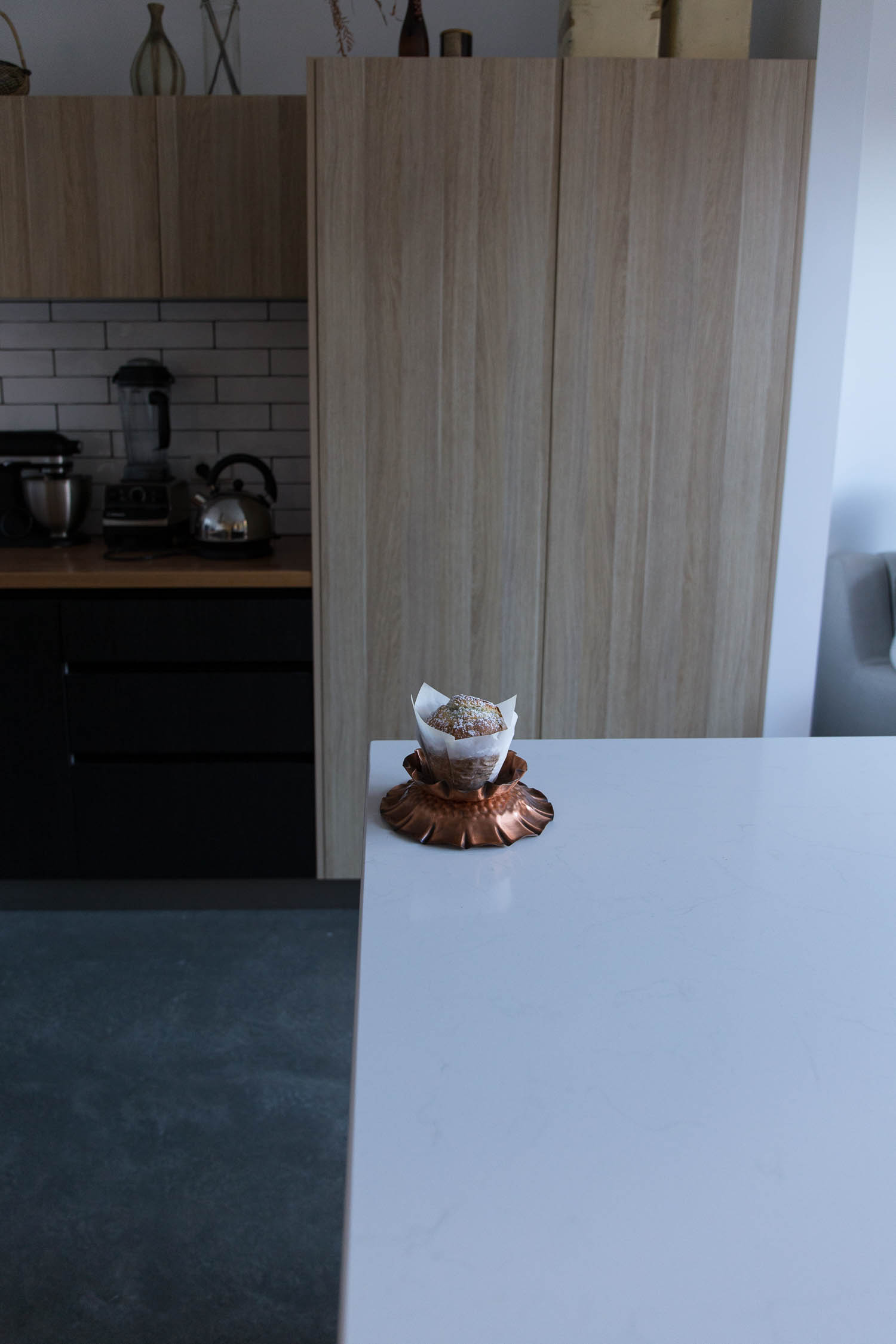
24mm f4.0
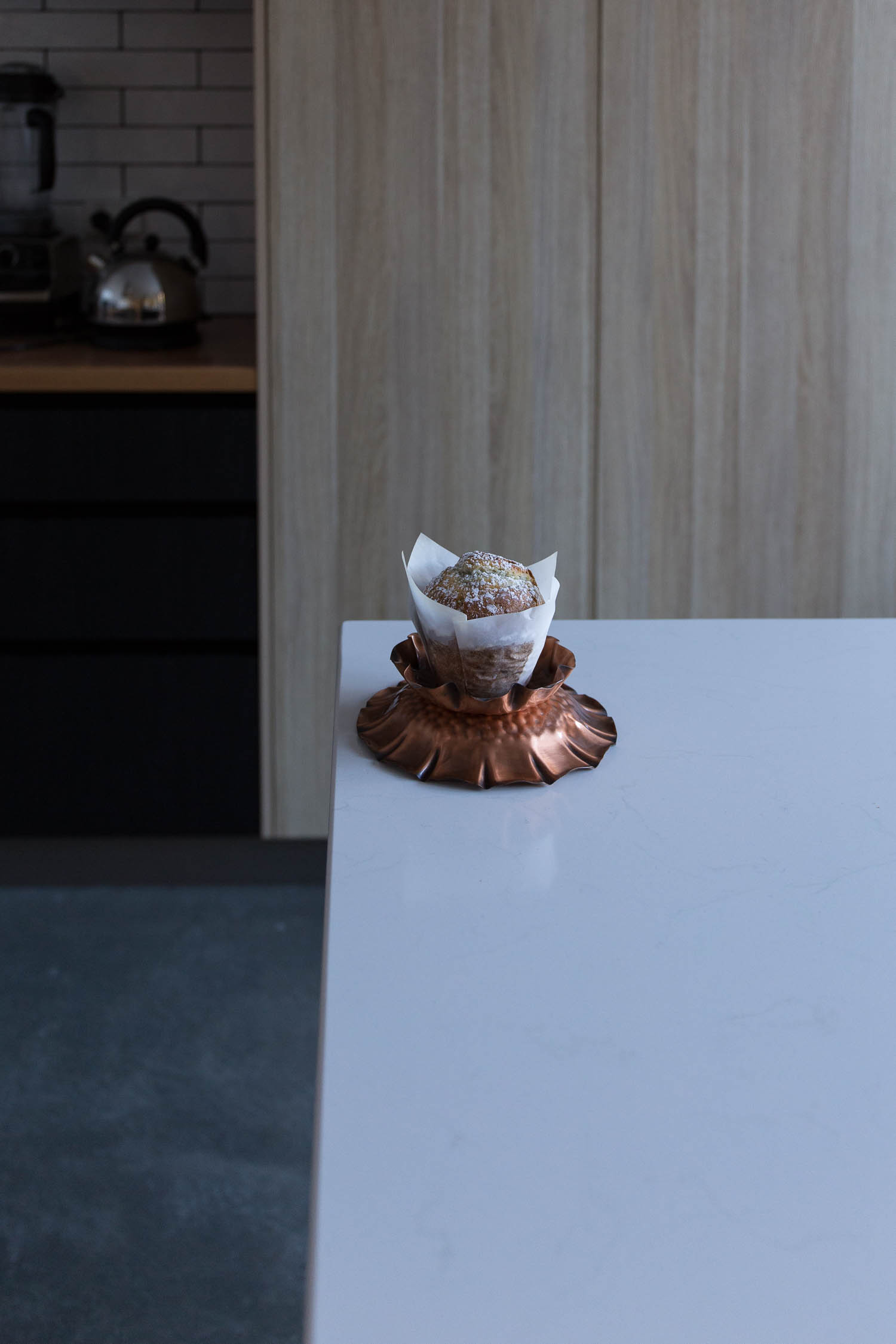
35mm f4.0
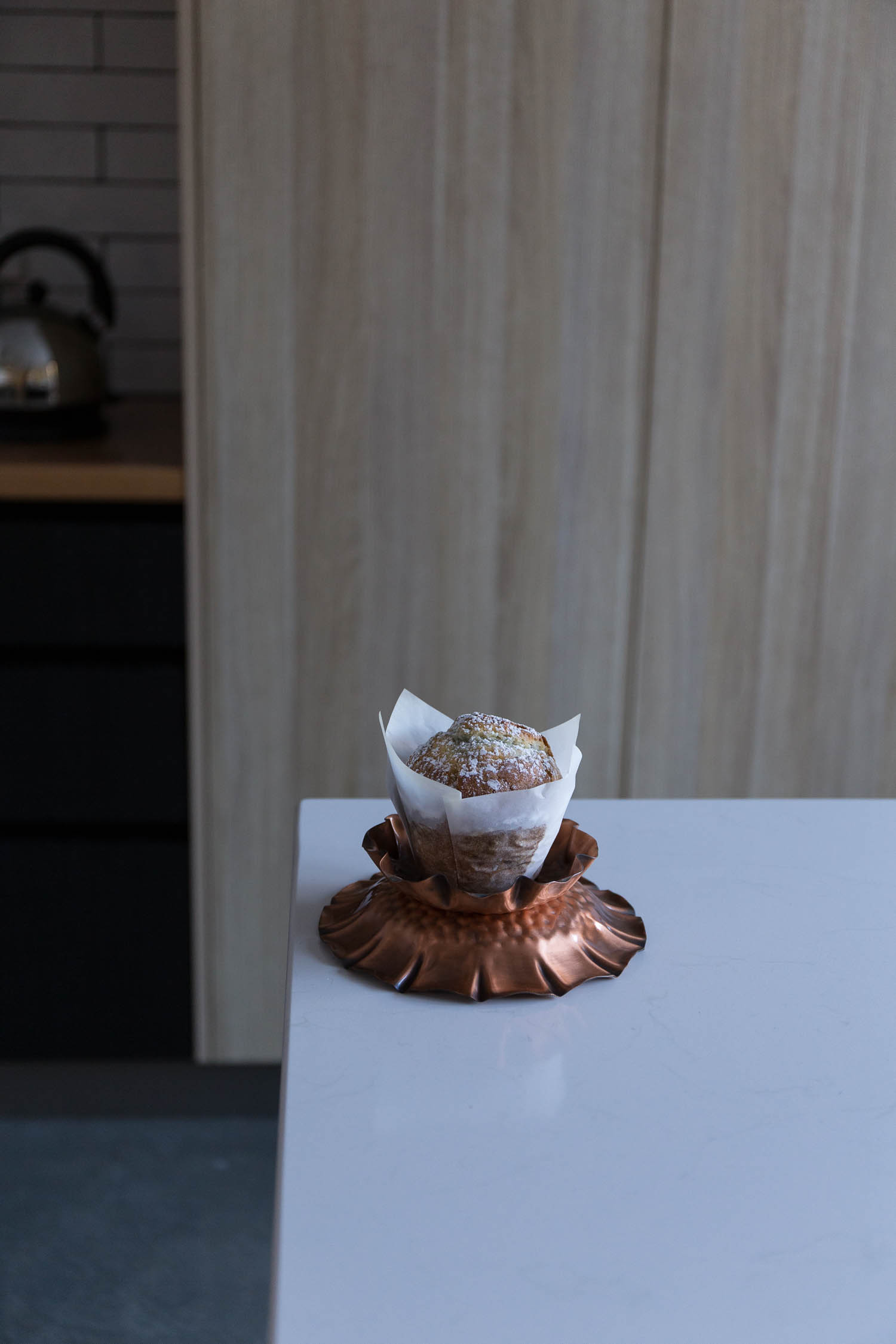
50mm f4.0
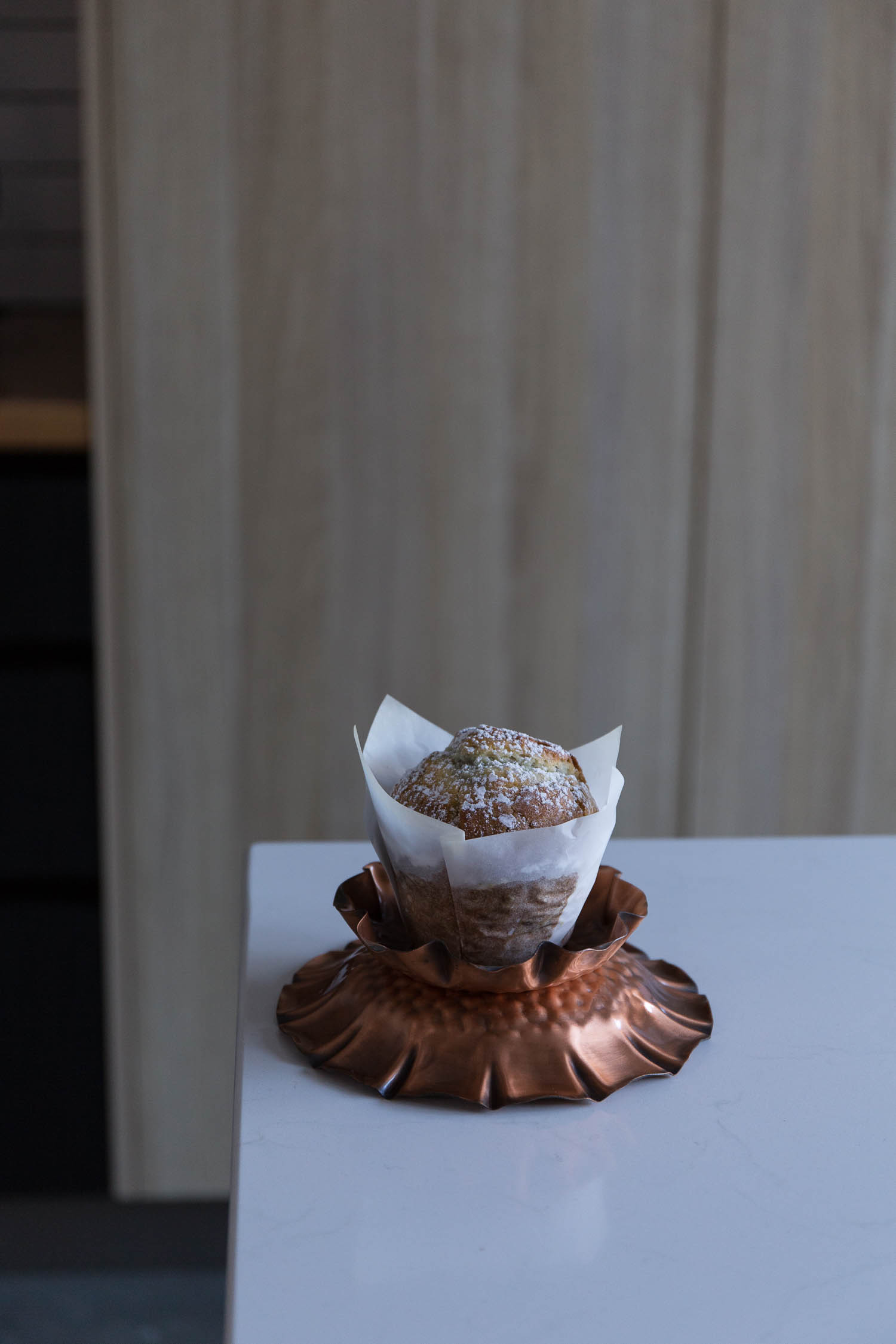
70mm f4.0
So which focal length is best for food photography? The 50mm focal length is arguably the most popular, owing largely to the fact that you can pick up a 50mm f1.8 for around AUS $200 / USD $125.
50mm is also a good crop for food, allowing you to easily capture the dish itself with some of the background. 70mm and 85m are also popular lengths, and the 100mm f2.8L (a professional level lens which provides a really clear image, with a price tag to match!) has grown in popularity over recent years. Beware though that focal length of this lens is quite narrow – which means it will be fairly zoomed in. If you are using the 100mm f2.8 on a cropped sensor body (see the post on cameras if you’re not sure what this means) you will literally need to stand on the other side of the room to take a photo of the whole dish and surrounds.
And your chances of shooting an overhead shot with a 100mm lens are going to be very slim unless you climb up a ladder. If using a tripod with an arm, or standing over food, a 50mm or 35mm lens will be best for overhead shots.
So – should you been looking at a prime or zoom lens?
Generally speaking, a prime lens will get you a better result than a zoom lens, though this isn’t a hard and fast rule.
Looking at the example below, the first one is shot with a $200 prime lens, the second with a $450 prime lens, and the third with a $1200 zoom lens (note – Australian dollars).
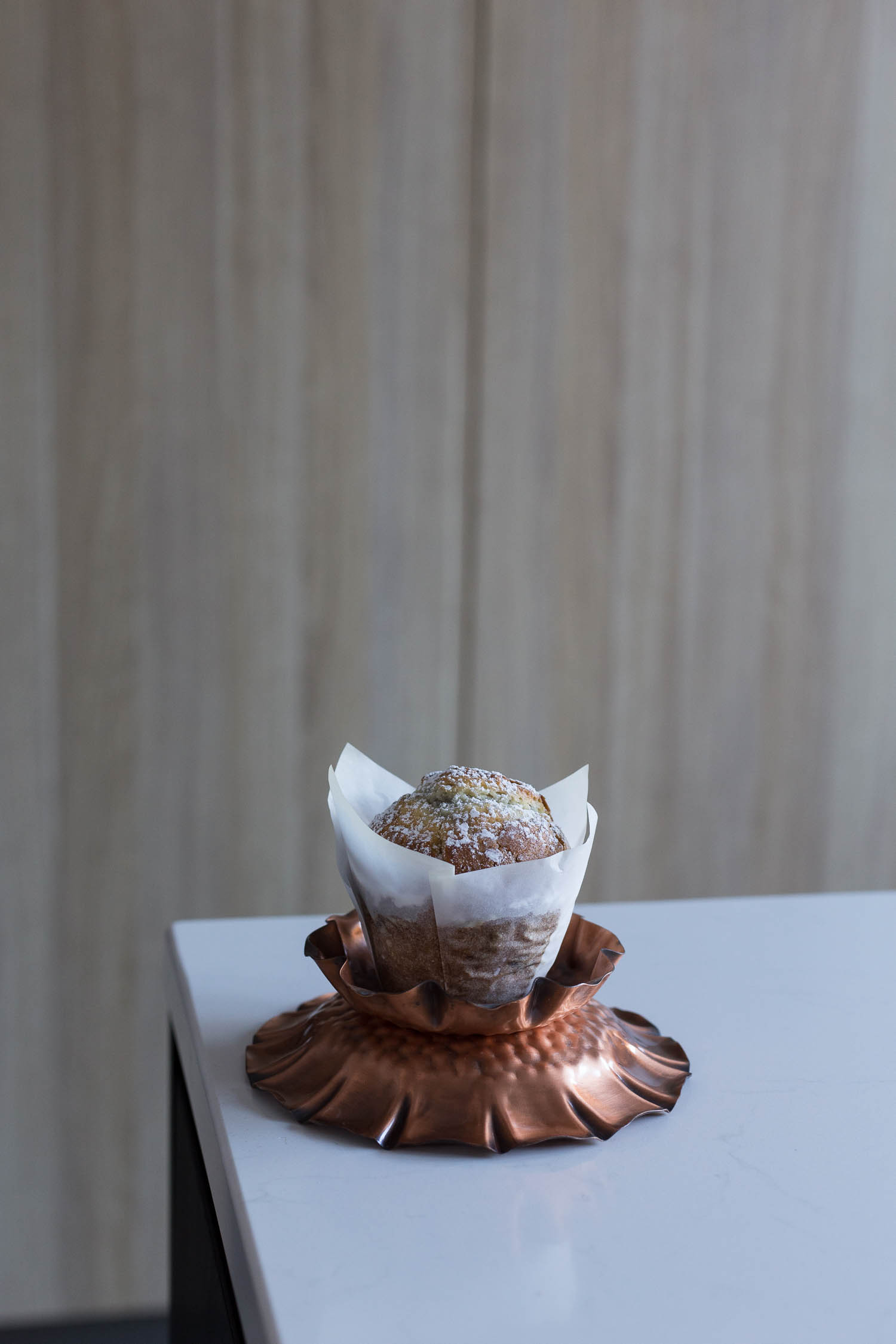
50mm f1.8 lens (f4.0)
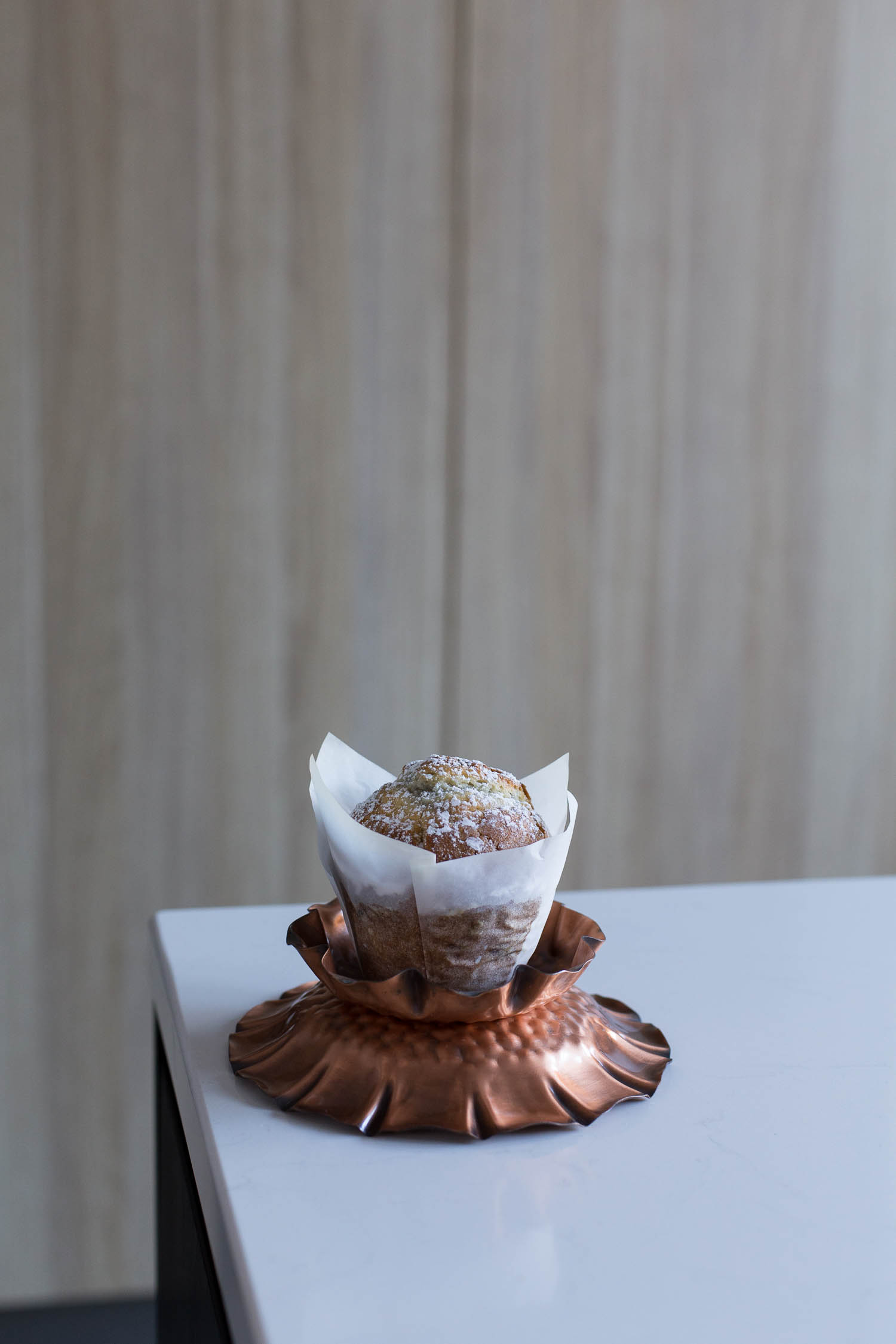
50mm f1.4 (f4.0)
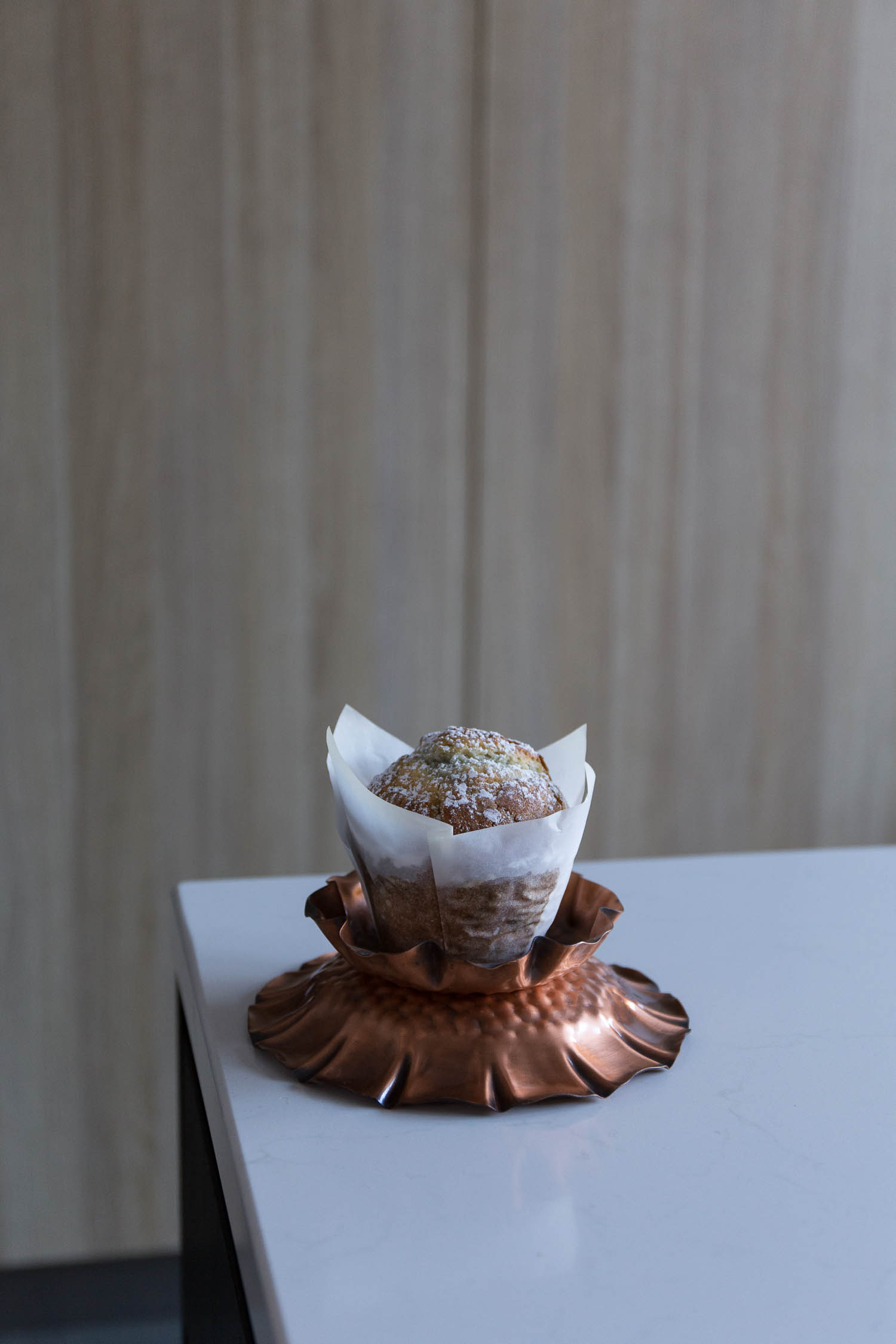
24-70mm f4.0 lens (50mm focal length, f4.0)
The difference in them though I would say is negligible. I definitely wouldn’t say that the third shot is 6 times better than the first, despite the fact it costs 6 times as much. In fact if you zoom in, the first two shots are marginally sharper than the third.
Obviously there’s other things to consider with a zoom lens, and if you want something that is a little more flexible to use for other styles of photography as well then a 24-70mm is great – but for food photography, where you don’t necessarily need a range of focal lengths, I would argue that you leave the zoom lens, and instead spend your money on a better prime lens.
Aperture
The next bit of information on a lens is the aperture. This number controls the amount of light let in, and also the depth of field, which is what is used to create that beautiful blurred background in food photography.
A ‘wide’ aperture is a wider opening, which is shown by a smaller number, eg f1.2 – and the rule of thumb when buying a lens is to buy one at the widest aperture you can afford. Usually, the wider the aperture, the more expensive the lens.
So, lets compare two different lenses with the same focal length but a different max aperture setting.
Can you tell the difference between the two?
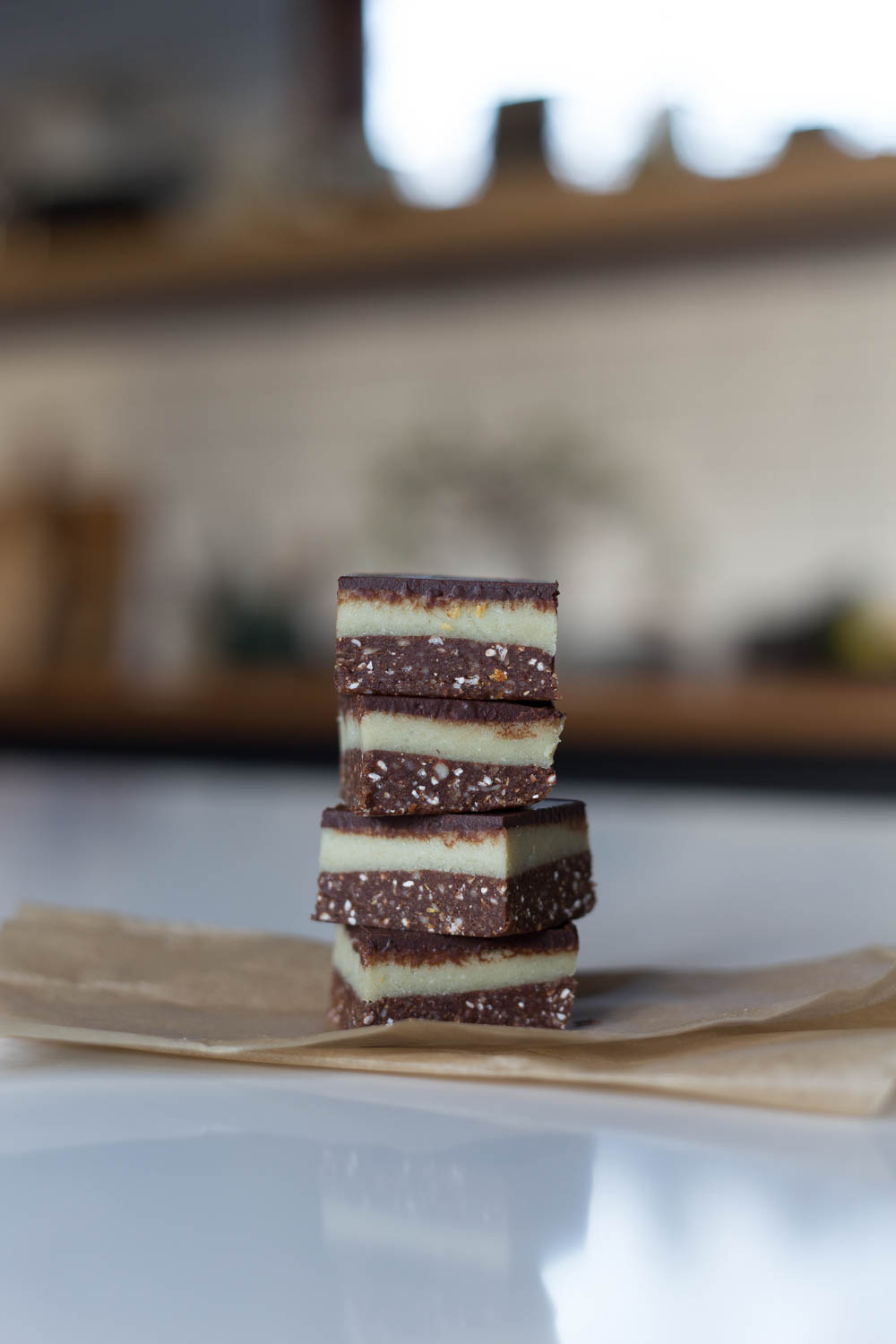
50mm f1.8 (at f2.8)
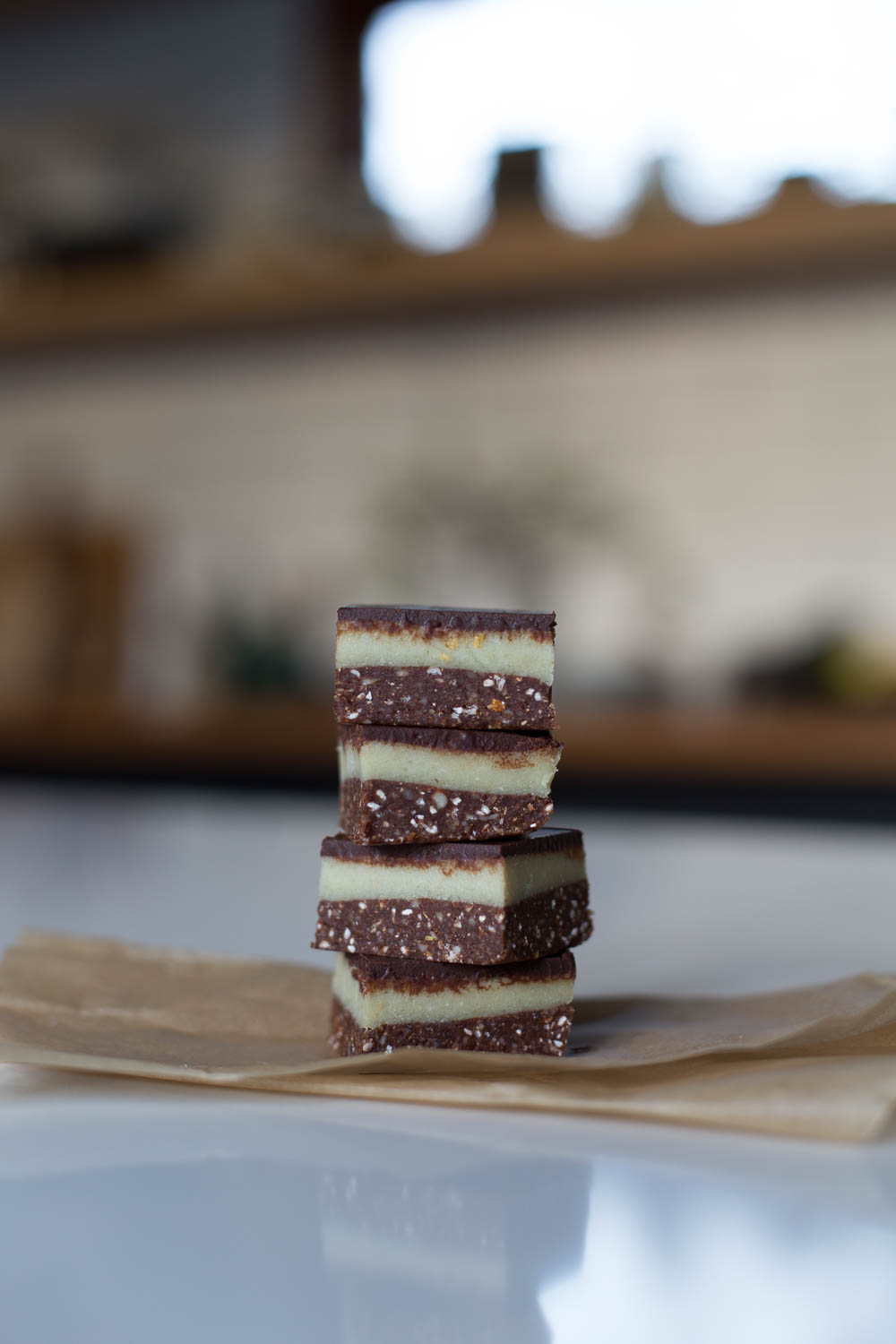
50mm f1.4 lens (at f2.8)
The difference again is negligible, though I would say that the ‘blur’ from the 50mm f1.4 is slightly softer than from the 50mm f1.8.
One thing to note though is that while a lens might shoot at f1.2, it’s usually it’s sharpest a few steps lower than this, eg f2.0. Which is fine as it’s unlikely that you will need to shoot food at a really wide aperture as it means that not everything will be in focus. I usually recommend to shoot at around f2.8 – f4.0, depending on what it is that you are shooting.
There may be cases where you will shoot a little wider, and there are definitely times when shooting in natural light will mean you want to let as much light in as possible, which is why I would recommend looking for a lens with an aperture of at least f2.0, if not lower(/wider).
Other letters on a lens
I won’t go into this too much here because there are so many options, and you can easily find out which is what for your lens (or potential lens) through a Google search.
But what I would point out is to be aware of whether the lens can be used on a full frame or crop sensor body. Most of us start out on a crop sensor camera before upgrading to a full frame, and therefore you want to make sure your lens is interchangeable between the two.
On Canon, a full frame lens is denoted with ‘EF’, where for a Nikon you’ll need to look for ‘FX’. These lenses will work interchangeably on both full frame and cropped sensor lenses.
Look out for lenses with EF-S (Canon) or DX (Nikon) which are made for cropped sensor cameras, and only useable on these models.
Other considerations
Asides from considering focal length and aperture, I would say the other main concerns when buying a lens are the physical aspects, and, of course, the cost.
In terms of physical aspects, I would weight up how you are going to be using your lens. I recently borrowed a 24 – 70mm f4.0 lens and loved the clarity of the images. Considering the price however, I think you could get other prime lenses which are as sharp for less money – this of course depends on whether you are considering purchasing two prime lenses with different focal lenses, or if you’ll also be using the lens for general photography as well. The downside of this lens – asides from it’s cost – is it’s really bulky and heavy. It weighs about 750g, which may not sound like that much, but mounted on a full frame camera it’s pretty big, bulky and heavy to be carting around all day. I tossed up buying one for general photography (mainly travelling and hiking) but ultimately, the weight and size of it put me off, and I ended up settling on a 35mm prime lens instead.
Generally speaking, the professional level lenses – which have superior glass and metal casings, will be bigger and heavier than the cheaper alternatives. Looking at the 50mm Canon range, the f1.8 has a plastic casing and is therefore the lightest, and the smallest of the range. Next is the f1.4 which has a metal casing and is slightly larger and heavier (though still fairly small/light for a lens), and the f1.2 is larger and heavier still – for me, definitely not a travel lens, but if you’re only going to be shooting at home this may not matter as much to you.
And lastly – cost. The cost of lenses varies greatly. Is a really expensive lens worth it’s high cost? I think this is really a personal thing, as it depends on how much money you have/are willing to spend, and what else you will be using it for. You should also consider how much the difference in lenses is to you. For example, is the clarity of a 50mm f1.2L which retails at $2,200 really going to be that much better than a 50mm f1.2L $450 lens? There is obviously a difference in these lenses, but is it worth an extra $1,750? Or would you be better off looking at another 50mm model, such as the Sigma 50mm f1.4 ART which gets rave reviews, or another focal length such as the 100mm f2.8 or even a 70mm or 85mm lens? Ultimately this is a personal decision for you weighing up how much money your willing to spend, and what you’ll be using the lens for (is it just food photography, or do you want to snap holiday pics or shots of your kids as well?).
Soooo… what should I get?
As with cameras, the short answer to this would be “whatever you can afford that best suits your needs”.
There is a reason though that the 50mm lens is the most popular for food photography. It’s a great focal length, and produces brilliant photos for a relatively low cost.
For anyone starting out, I would definitely recommend the 50mm f1.8. It’s still the lens I use today, and it’s a brilliant little lens. For those of you looking to upgrade from this, I would consider all options (eg other focal lengths and brands) before just automatically going to the 50mm f1.4. I personally have my eyes on the Sigma 50mm f1.4 ART lens for my next purchase.
Finally, I would just like to point out – and I hope the images in this example have made it clear – that you don’t need to spend a fortune to get good images. It is the person behind the camera that makes a difference, and the best thing you can do for your food photography is learn how to properly use your equipment, and practice!
Will an image taken with a 50mm f1.2L ($2,200) lens on a Canon 5D Mark IV ($5,020) be better than one taken on a 50mm f1.8 ($200) ens on a Canon 100D ($650)? Yes, it will, but will it be $6,370 better? Undoubtedly no.
This doesn’t mean you shouldn’t upgrade your equipment – especially as your photography improves – but it does mean that you don’t need to go out and spend a fortune to get good images.
So before I go, I thought I would share two of my images. Both were taken with a $200 50mm f1.8 lens, on a Canon 100D cropped sensor camera (less than $1,000 worth of gear). You can see from this that the second photo is a million times better than the first, and the reason for this is simply that I learnt how to use the camera and lens, I learnt how to understand and use light, I learnt how to edit.
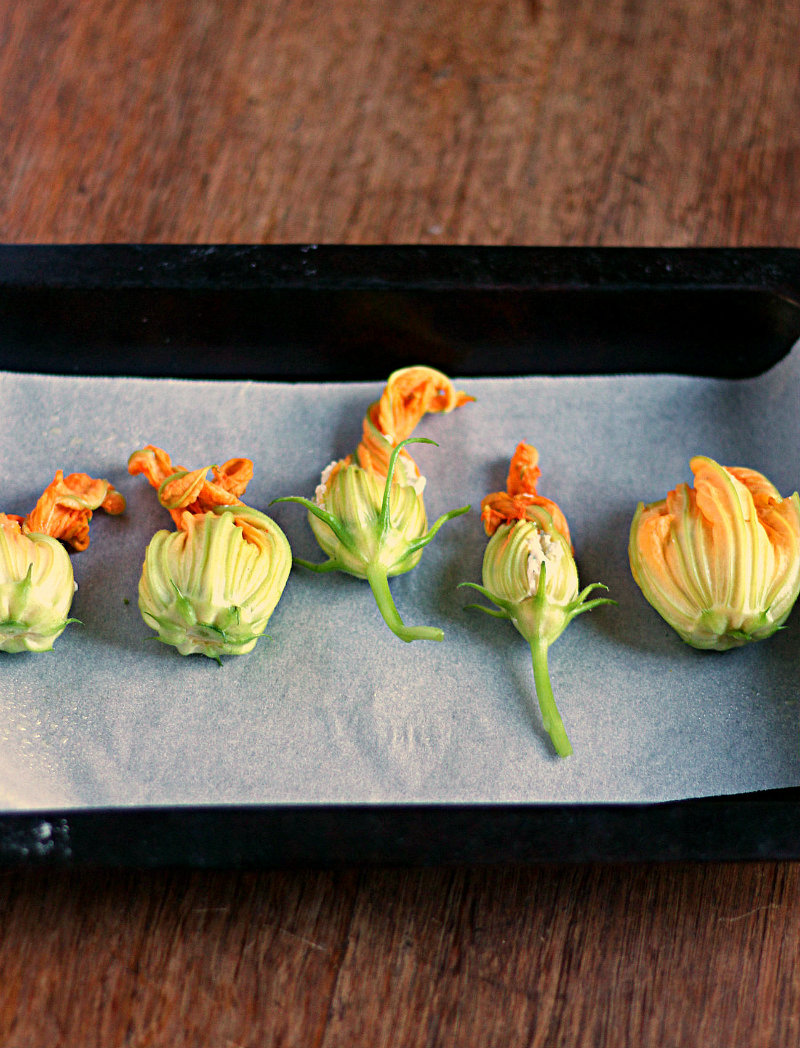
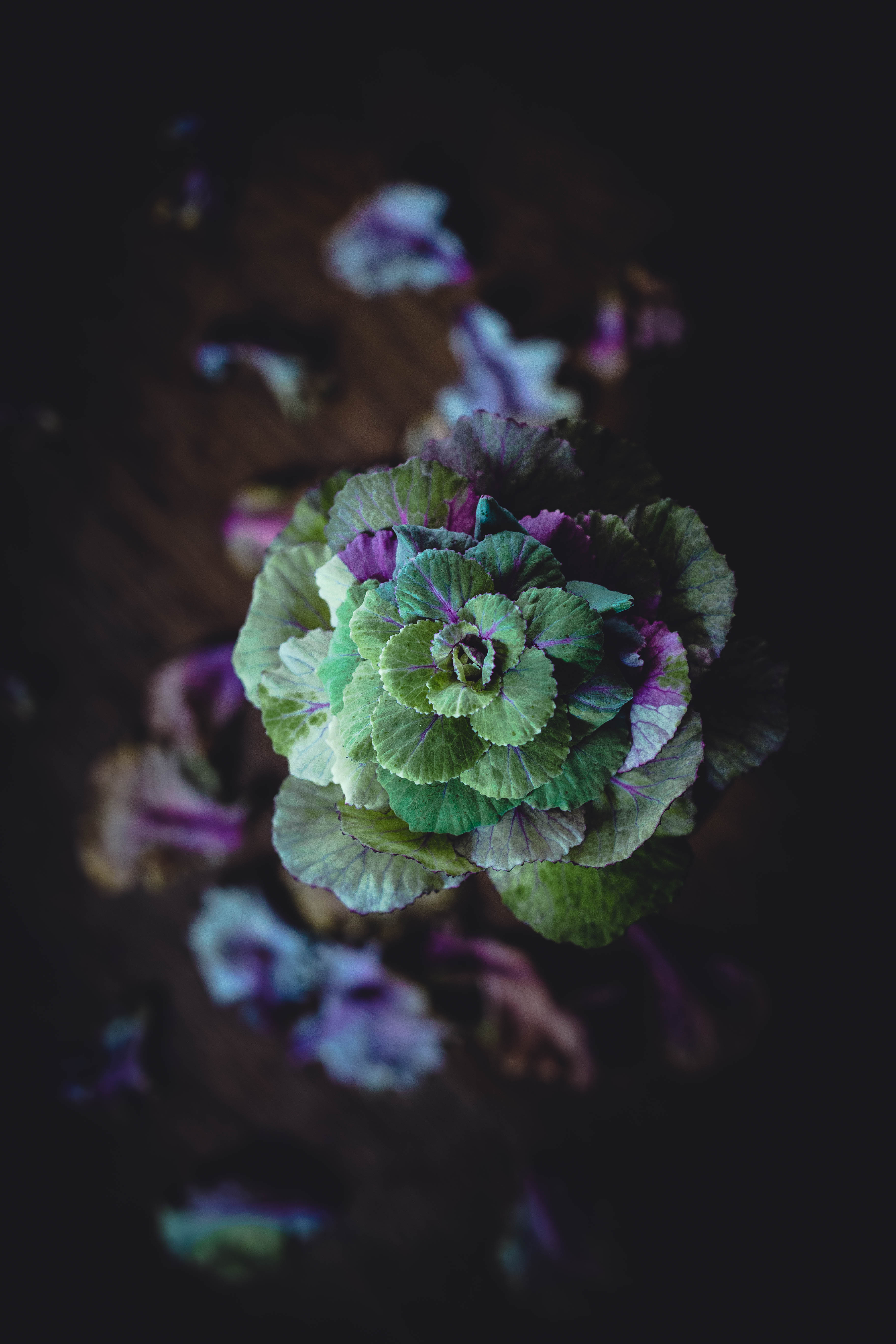
And so I encourage you to not go out and spend a ton of cash on expensive equipment that you potentially don’t need, but instead to invest in yourself, and take the time to learn how to take beautiful photos, as that’s the thing that will get you the best results.
And if you are considering investing in yourself and building your skill set and knowledge, be sure to check out my Styling and Photography course (which is currently on sale for the next few days!) which takes you through understanding your camera and lens and how to shoot in manual, as well as learning light, composition, styling and photography.
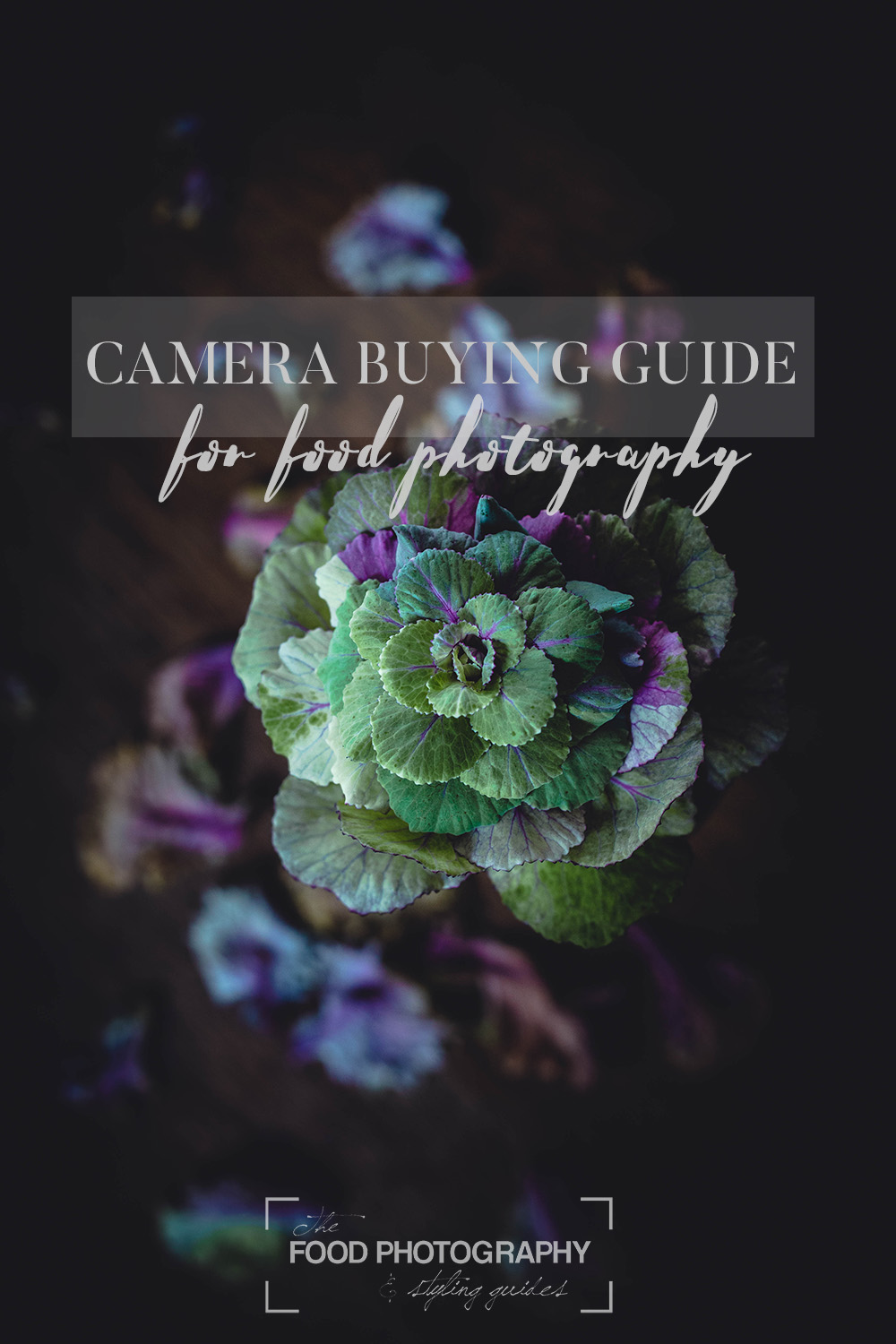
Sign up to for exclusive content and special offers
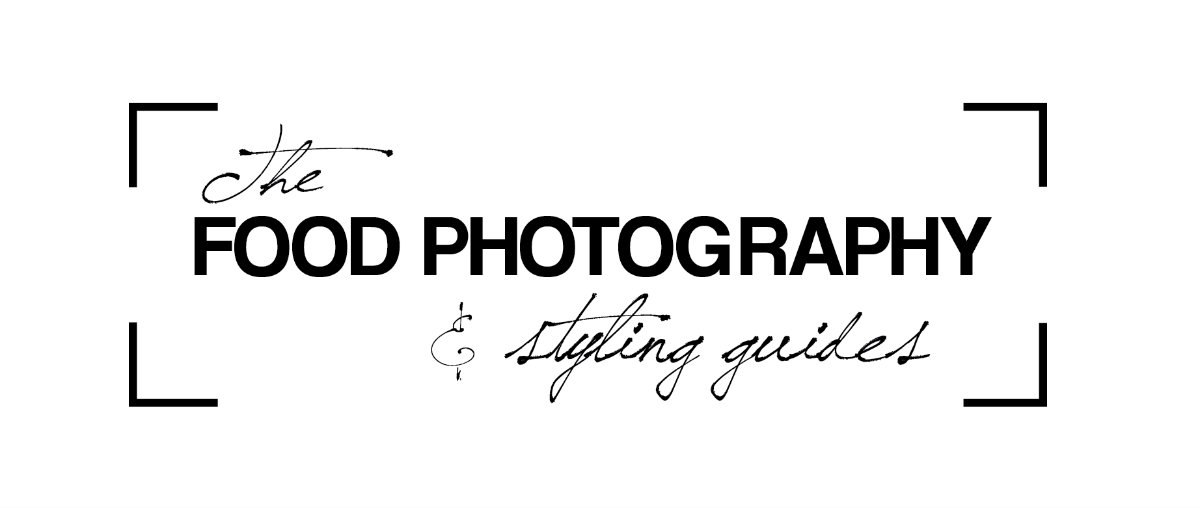
Great post Dearna!
So informative and helpful! I’ve got my eyes on 24-70mm , but never knew it weighs sooo much!!! Something to keep I mind!
Thanks for very handy guide! X
Hi, I want to buy the lightroom presets for food, but I can not. When I log in, I can not access my credit card. How do I do?
I just wanted to say **thank you** for taking the time to write this article. It has been interesting, informative and has really impacted my thinking.
So glad you found it useful Nikki! 🙂
My favorite Canon lens for Food Photo is Canon 100 mm f/2.8L IS USM. If I had to choose only one lens it was this one. I love working with this lens!
The 100mm is a great lens I agree!